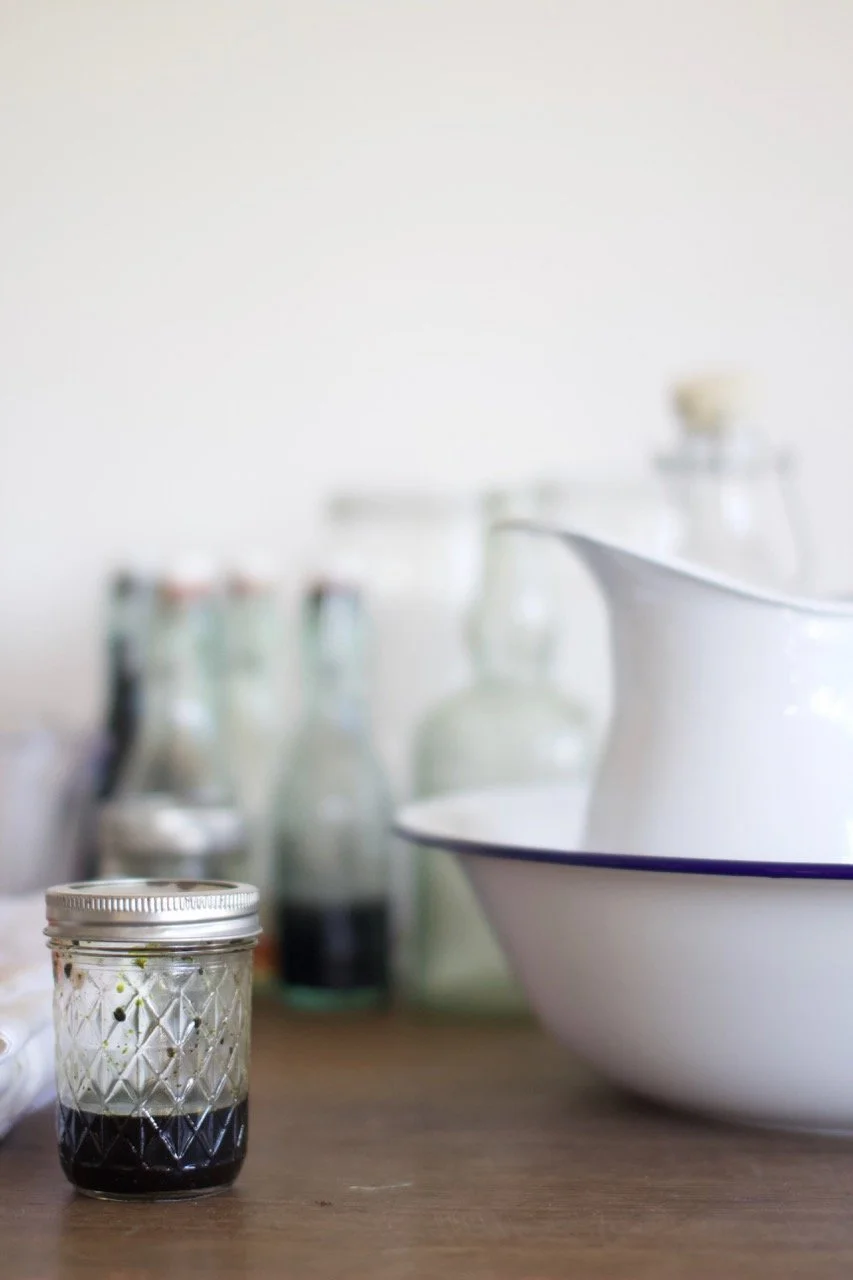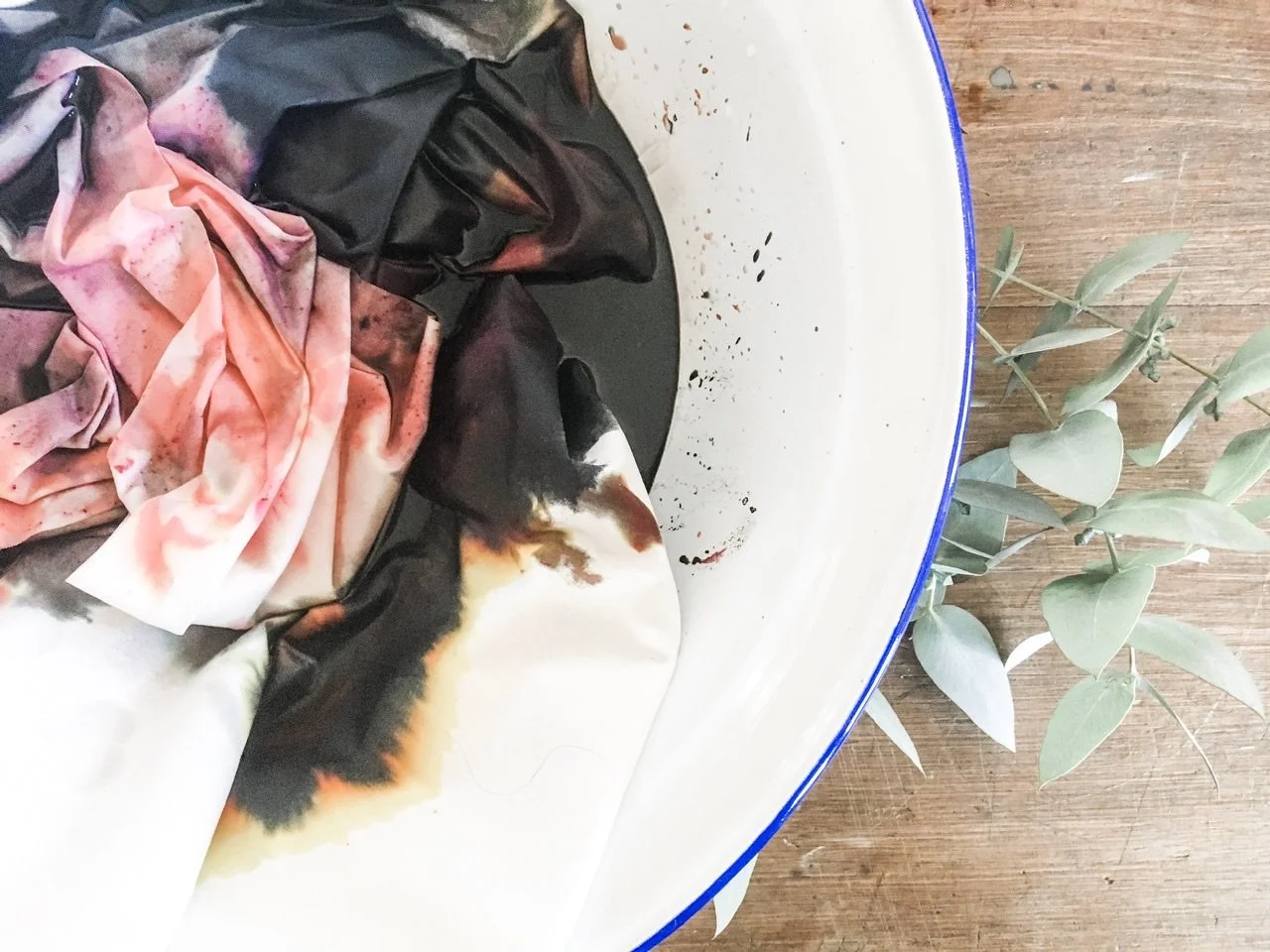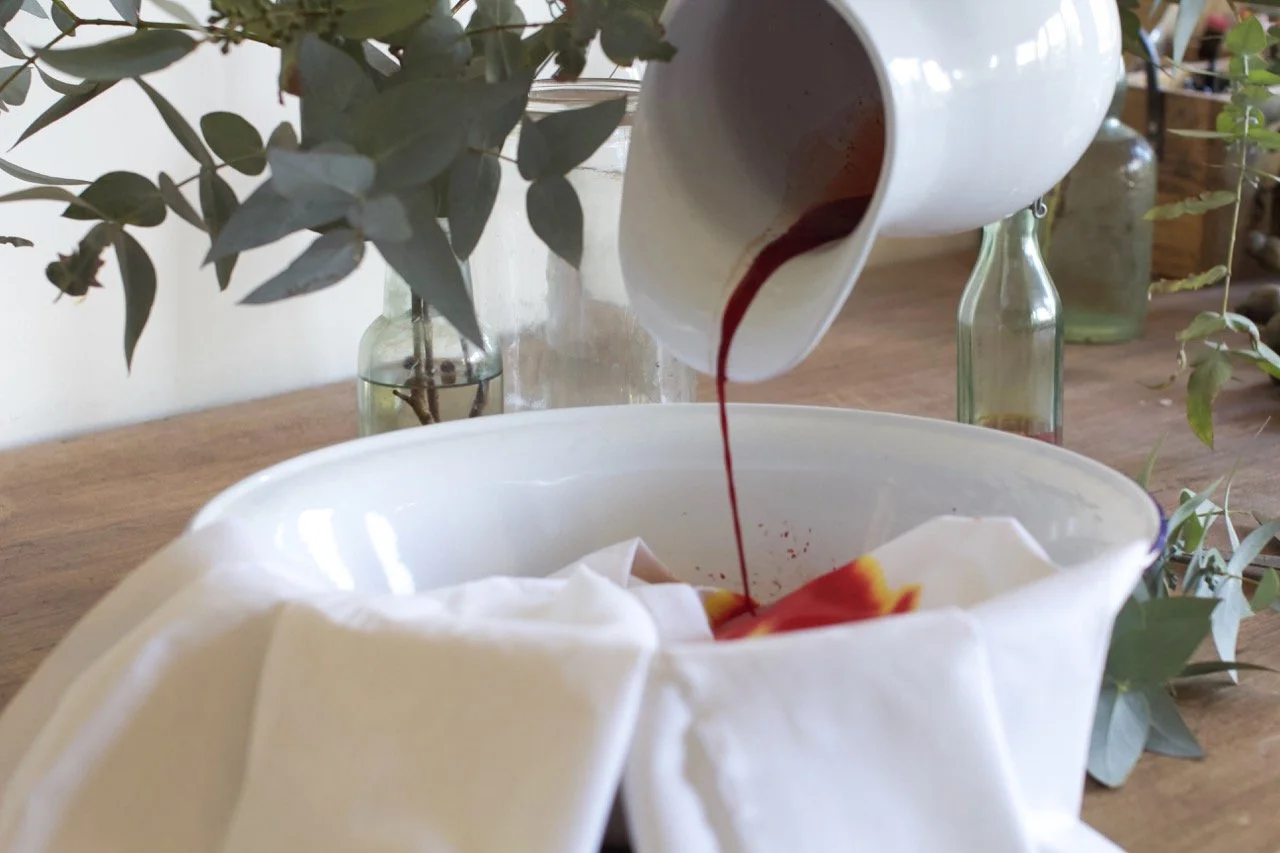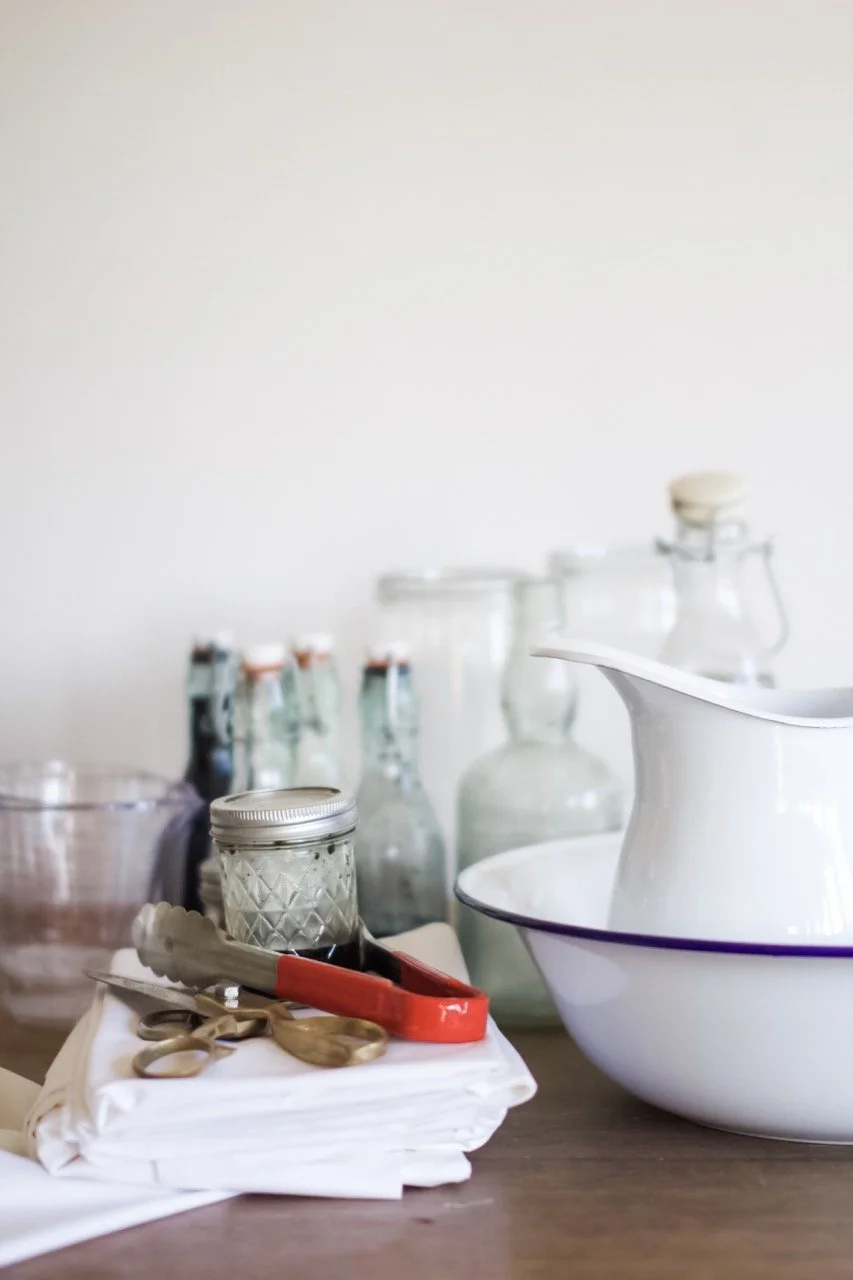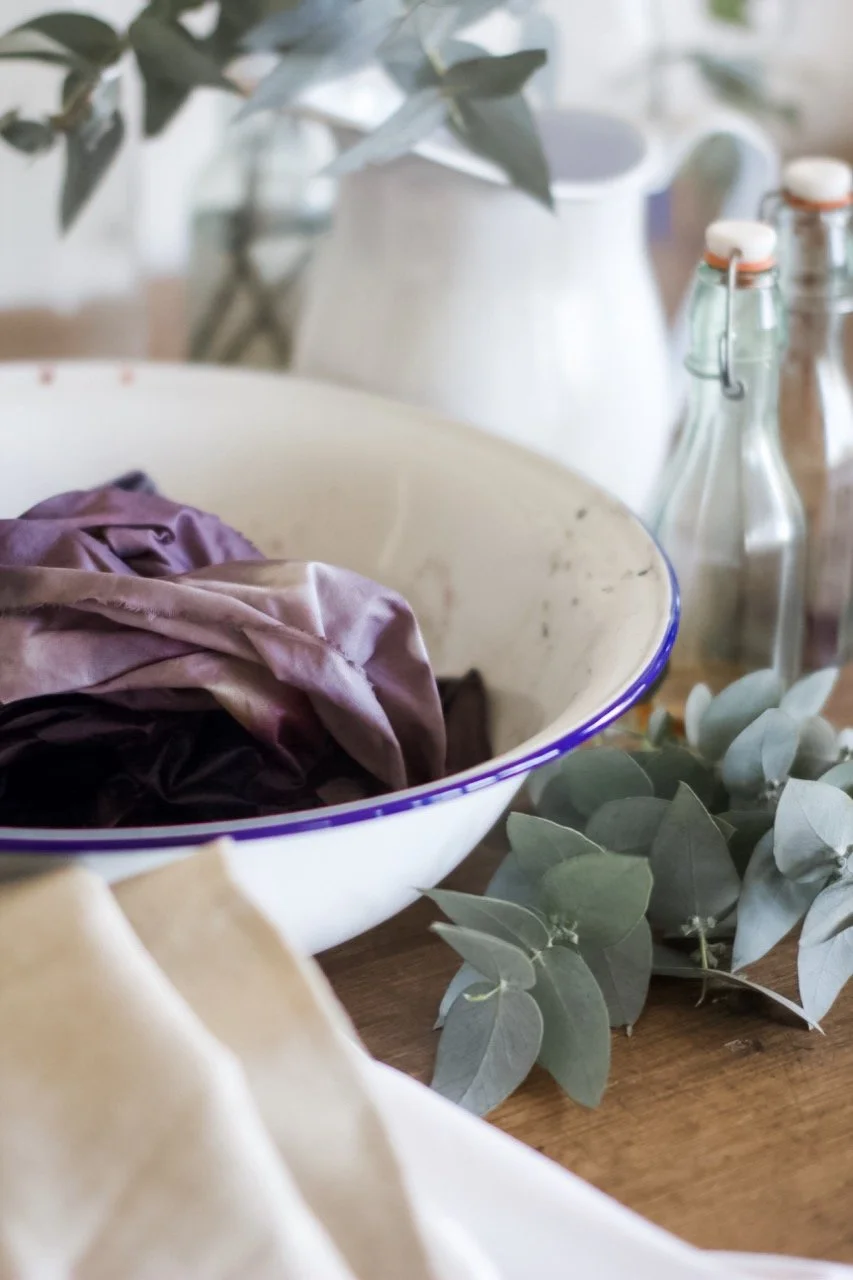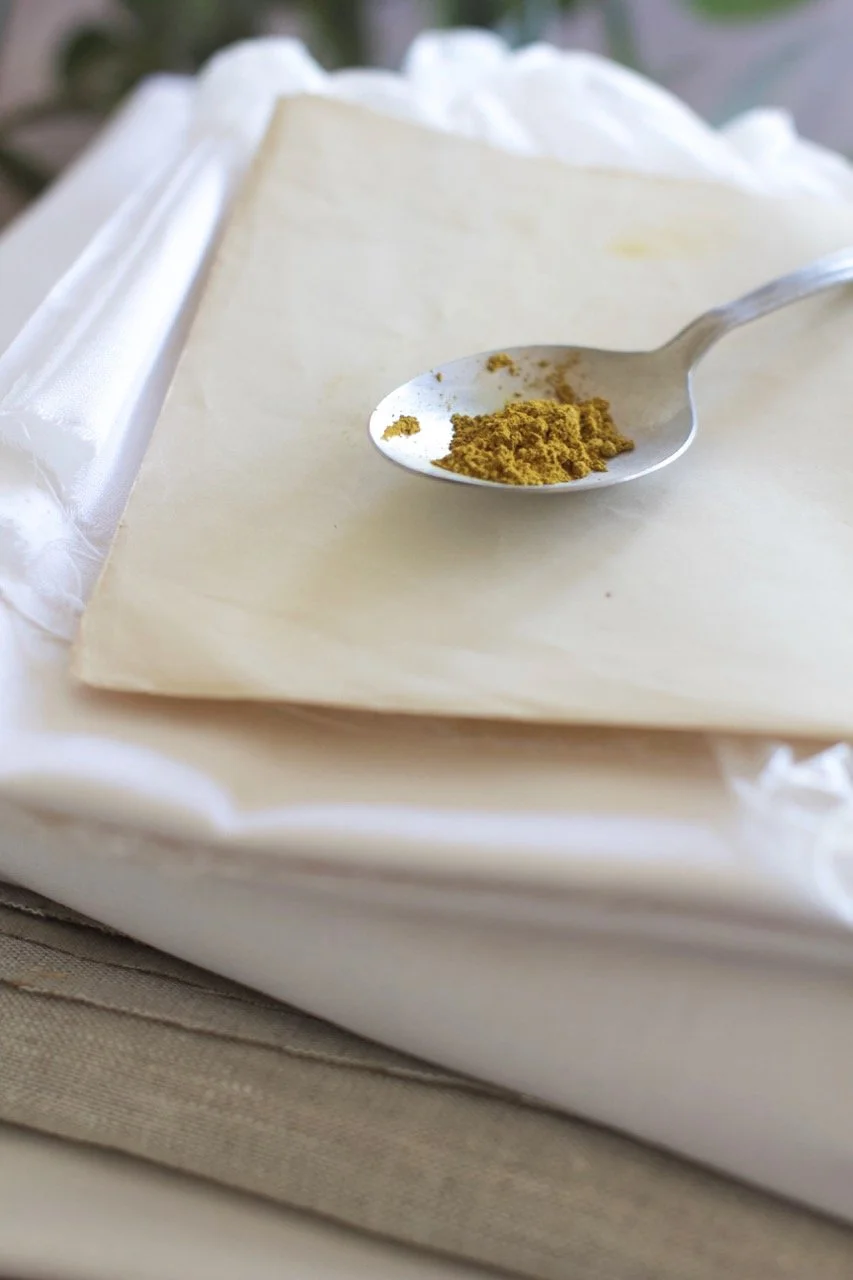The Art and Science of Dyeing Fabric
I’ve been busy hand-dyeing 500m of fabric in preparation for some very special quilt kits. It’s always an interesting process. In theory, it’s a scientific process. For one thing, dye powder needs to be measured and mixed in the correct proportions of powder to water (1tsp red with 1 C water, 2tsp blue with 1 C water and 3tsp black or yellow with 1C water. Over the years, I’ve also kept detailed recipe books for obtaining a wide range of colours, mixing the exactly correct ratios of yellow, red, blue and black dye. And then the fabric needs to be washed with washing soda and soap to remove sizing. And then soaked in more washing soda to encourage the dye to take, and then soaked in dye solution for a period of time. In theory, following the same process should lead to the same results.
But either I’m not approaching this scientifically enough, or there are just far more variables than what I’ve mentioned here… I suspect it’s both of these. After all, humidity and temperature also affect the dyeing process to some degree.
Also, I’m a bit more ‘free’ in my dyeing process nowadays. It’s fun to just start combining colours until you get something that looks right. The problem with this is that, unlike paint mixing, where the colour on your palette becomes the colour on your painting, dye doesn’t behave quite so rationally. For instance, I dyed 50m of fabric in a beautiful deep dark green. My hands, legs and feet bore testimony for a full week to just how richly dark green it was, and yet, when I washed out the fabric after the dyeing process, it was a lovely maroon instead. Beautiful, but not suitable for gum leaves.
Interestingly, the different dye colours seem to wash out of the fabric at different rates, so, we’ll after the blues and yellows have stopped leaching out of the fabric, the red continues to wash out. So many times over the past weeks, I have put dyed fabric into the machine for washing, only to have it come out a completely different colour. And then, when it dries, it’s also several shades lighter.
This is the joy and challenge of hand-dyeing. Many of the colours I’ve been working on have had two or three dye baths in order to get them just right.
While that sounds a bit frustrating, I also find it completely fascinating to observe the behaviour of the dye with the fabric. Another intricate and interesting component to God’s beautiful creation!

